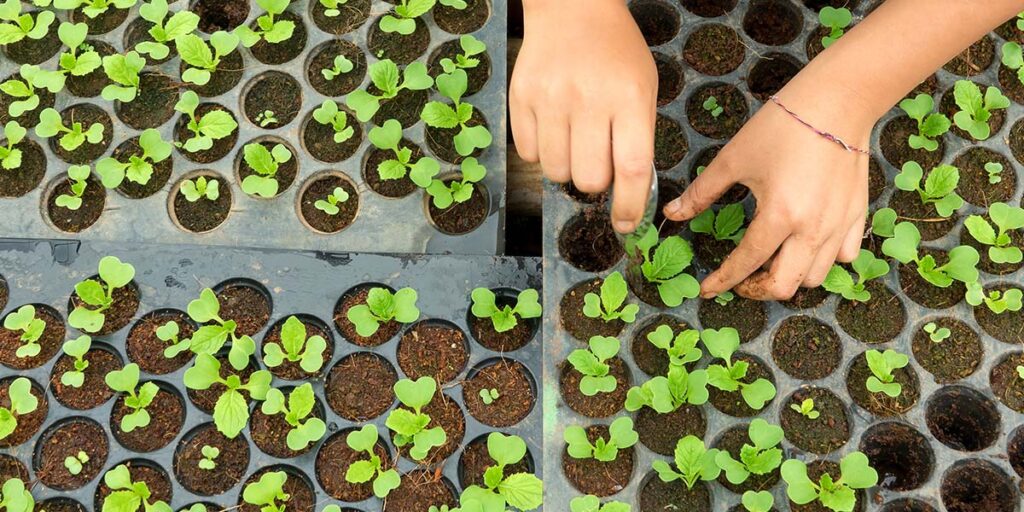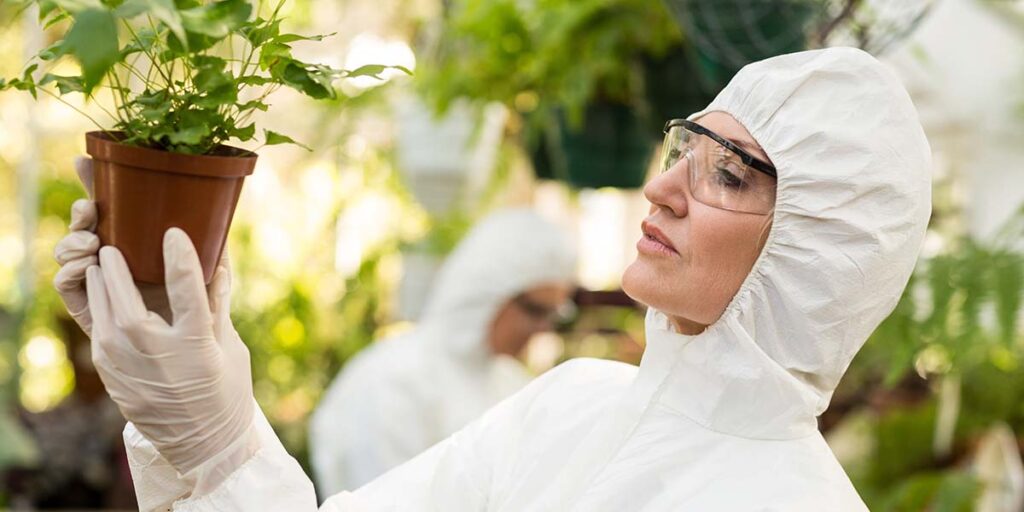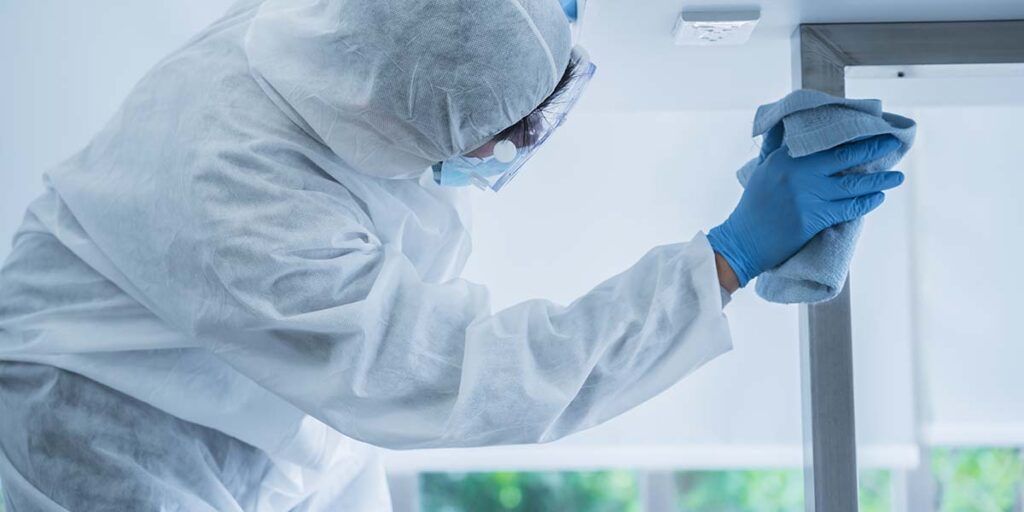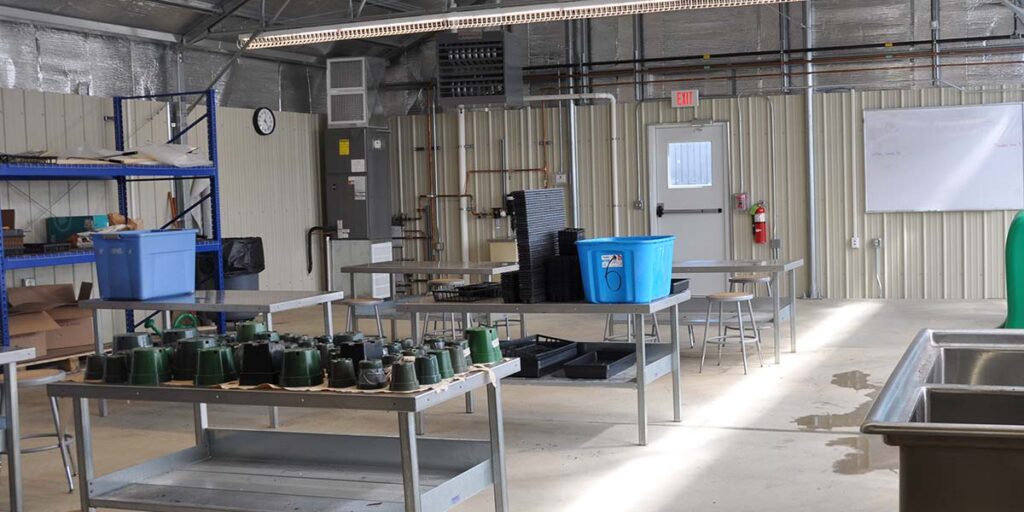What are Greenhouse GEMS?
Resource articles for all types of growers! Our information revolves around topics including:
Grower – Information & techniques that growers can implement now for successful crops.
Education – Concise explanations of necessary to know industry information for all grower sizes.
Maintenance – This month in your greenhouse to maximize production & longevity.
Seasonal – A variety of topics from growing to industry news.

Greenhouse GEMS – December 2021
Grower – Supply Chain, Ordering and Valuable Substitutes
As you are aware, shortages in raw materials, limited labor availability and logistical shipping costs are continuing to impact worldwide business operations. These issues, coupled with unforeseen spikes in demand and congested ports have affected both product lead times and prices. We continue to see strong demand for our products in the market and the pressure on the global supply chain is not showing any signs of relief in the short term.
The past year has been unprecedented in many ways and the ramifications of the COVID pandemic continue to roll through many industries as supply chain disruptions and raw material increases run unchecked. The plastic industry has not been spared in the felt impacts and resultant chaos of supply shortages and price volatility.
Here at Hummert International, we get several emails a day from our suppliers indicating continuing problems in the supply chain. Even if a product is produced or assembled in the US, components or packaging might be sourced overseas. We have been ordering far in advance for this coming season but are still experiencing longer lead times on some products. Your Hummert Sales Rep can work with you on your upcoming needs to find a suitable replacement product if your first choice isn’t available.

Education – Unboxing those plugs – Step #2. Some good shortcuts
Success with plugs and transplants – Treat in plugs trays to save time and labor.
This is the third in our series covering what to do when your plugs arrive.
Starting in late December to February growers will be receiving plugs and rooted transplants. Most of these come in various size plug trays. The usual practice is to take the plugs out of the shipping box and inspect for possible damage. The important factors are sanitation, disease prevention and monitoring for insect problems. Growers then start transplanting the plugs into their growing containers for growth and Spring Sales. Since this is a very busy time for growers it is easy to forget to treat the transplants once in 4-inch pots or larger as more plugs keep coming.
An alternative treatment application method to consider is to treat the plugs while still in the shipping trays. They are concentrated and very easy to treat at this stage. Instead of using the main sprayers, growers can use a simple pump or handheld sprayer to treat plugs in the trays to save both money and labor.
An example: Triathlon BA is a great preventative treatment that takes care of surface issues and colonizes the roots for continued protection. This is a general treatment that lasts 2 – 4 weeks and gives the grower time to handle the other plugs still coming in. While the foliar rate is up to 6 quarts per 100 gallons when applying to large areas, the gallon rate is around 3 tablespoons applied to plug trays using a hand can applicator. A gallon of mixed spray will generally cover a bench full of transplants and only takes a few minutes.
Bottom line, treating plugs and cuttings in trays saves time and money but more importantly is makes sure to give the young plants added protection in the first 2 – 4 weeks ensuring a better crop.

Maintenance – Safety, Safety, Safety
December should be a month that allows for a small amount of down-time. Once poinsettias are completed many Spring bedding plugs have not arrived. This is a good time to look at greenhouse maintenance tasks that might have been skipped at other parts of the year.
Safety items, like fire extinguishers are easy to take for granted until you need them. December is a great time to have your fire extinguishers and fire alarms tested. Make sure you put in new batteries in fire alarms if necessary. This is also a good time to have local fire departments evaluate fire plans for your facility if you have never done so or had a major expansion since your last fire plan. Most fire departments are eager to assist.
Check your emergency exit signs to make sure they are in good condition and are visible if the power is out. Make sure the cover is attached, not broken and is clearly visible with not obstructions, even when hanging baskets are present.
Do you have emergency contacts such as poison control, 911, local EMS (fire, police, ambulance) and local emergency room numbers visible in case of an emergency? What about your company safety plan? Has it been updated, have your reviewed it with employees both new and seasoned, can employees access it?
Many greenhouses are in open areas with little shelter and in much of the Midwest severe storms are a concern. How and where would your company shelter in case of severe storms or tornado?
Finally, what about pesticide and chemical storage cabinets? Are they secure and in good condition? Are they clearly signed in case of an emergency. How is your stock of Personal Protective Equipment (PPE)? Do you have adequate amounts and sizes available? Items to consider, gloves, boots, Tyvek suits, face shields, goggles, respirators and first aid kits. Gloves may need to be in both latex (propagation area) and nitrile for chemical applications and those allergic to latex. Respirators need to make sure the filters are clean and no longer than a year old. First aid kits need to be checked to make sure all basic supplies are full and in good condition. Some items such as band-aids may begin to decline in the packaging over time. Is your eye wash station operational, check to make sure water pressure is adequate, you might want to sanitize it as well.
As we take a few weeks to reflect on the past year, now is also a good time to make sure 2022 will be another safe and productive year in the greenhouse.

Seasonal – Sanitation, Get 2022 off to a good start
Proper sanitation is the best way to get a great start to 2022. The old greenhouse adage “start clean, stay clean” is the best defense against pest issues. After poinsettia season ends and prior to spring bedding plants arriving a through deep sanitation is imperative for all greenhouse areas. This should be standard practice between all crops.
Most growers pay attention to propagation areas, but what about break rooms, restrooms, or other common areas at your facility. Are these areas regularly sanitized? This becomes even more important in the area of Covid-19 but common areas are also areas where insects and disease spores can hide.
In the growing areas pay attention to potting and growing benches where growing media could get trapped in or on the bench. Power washing benches is a good strategy to loosen in media, insect eggs or disease spores. While the power washer is out, spray floors and the common walls between greenhouses to remove any algae. Removing algae will also reduce fungus gnats and shore-fly from your greenhouse since algae can be a reproducing and food source for these pests.
Wipe down storage cabinets, doors, any solid surfaces such as sinks or eye wash stations. Clean tools such as pruners. Another area often neglected is water hoses and fertilizer proportioners. Now is a great time to soak hoses in a sterilization solution to clean them outside and in. Take apart proportioners and make necessary repairs. This allows for cleaning and lubrication.
Clean the stock tanks used for fertilizers and pesticides. Have you soaked your drip emitters for hanging baskets or your misters that are used in propagation? Give them a quick soak as well to remove any debris and make sure they don’t have algae build up.

Are you reusing pots? Normally this would not be recommended but given our current supply chain issues it could be a practical solution. If you are, make sure these pots have been thoroughly cleaned and sterilized prior to reusing them.
Remove weeds that may be growing under benches, especially in houses with gravel floors. Remove fallen leaves and plant debris from under benches and throughout the greenhouse. Dump this organic debris outside the house every day. Place debris in a container with a lid until being dumped outside the greenhouse.
Some greenhouses may have in ground beds or benches with permanent media in place. These areas need to be pasteurized to kill any pests.
The final places to spend some time cleaning are the floor drains both inside and outside the greenhouse and your gutters. Make sure they are properly draining and are clear of algae or other debris. Funny story, when I was teaching our greenhouse floor drains ran outside under the sidewalk into a containment area. The drains were open and an opossum took up residence inside the drains, forcing irrigation water that should have drained out of the greenhouse to stay inside the greenhouse and pool in several locations. It just goes to show, you never know!
Shop some common sanitizing agents for greenhouses here.
